Remember the golden rules of TastEd: “You don’t have to try. And you don’t have to like.” Make sure to say this at the start of every session, to help your child relax and be more receptive. And remind your child that trying doesn’t have to necessarily mean eating it, either. It could mean sniffing or licking a veg, or exploring it with their other senses instead. And if they try and they don’t like it? No problem! Just ask them to describe why they don’t like it – was it too crunchy or soft? Was it too loud? Was it too hot? Was it too bitter? Then suggest that next time you try it a different way or try a veg that’s more in line with their preferences.
Focus on one sense at a time: Perhaps you found a great deal on carrots this week and want to explore it with your kids, so you will focus on hearing, giving them the carrot raw, lightly cooked and cooked until very soft, and ask them which one sounds the loudest when they either bite it or snap it with their hands. Next time, when you find yourself with a spare yellow pepper, ask them what they think it looks like. Upside down held by the stalk, perhaps it’s like a tiny umbrella. Held to the side, it might be an alien’s freeze ray. Encourage them to use their imagination and see what comes of it!
Always have an opportunity for tasting: When they have had their fun exploring a veg with one of their senses, offer a chance to try it. They could try it just as is, or prepped a couple of different ways (raw, roasted, fried, steamed, etc) so they can see how different it can taste. Remind them that they don’t have to try it, and they don’t have to like it, and make sure you try it, too!
Plenty of praise: Whether it’s for their imaginative comparisons, using descriptive language rather than “it’s gross” or for ‘trying’ by sniffing, licking, biting or otherwise exploring the veg, make sure to praise them for it.
Remember to take part too, this is a together activity – explore the vegetables together, share your own preferences and show you’ll give the ones you don’t like a go.



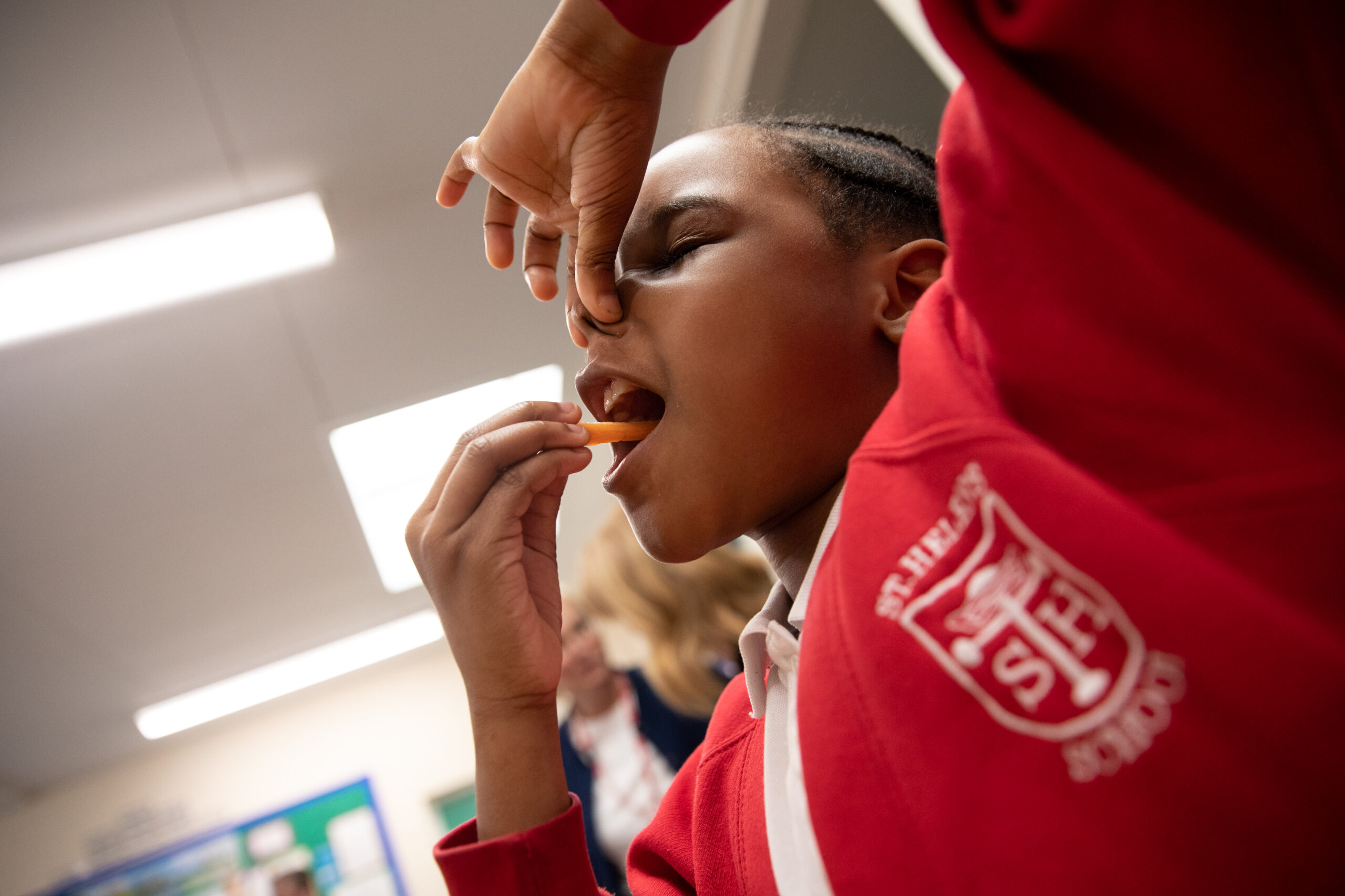



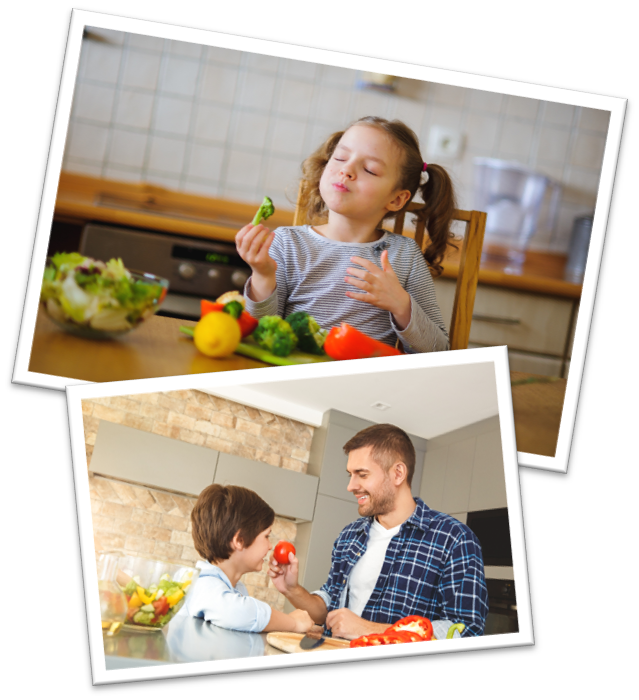
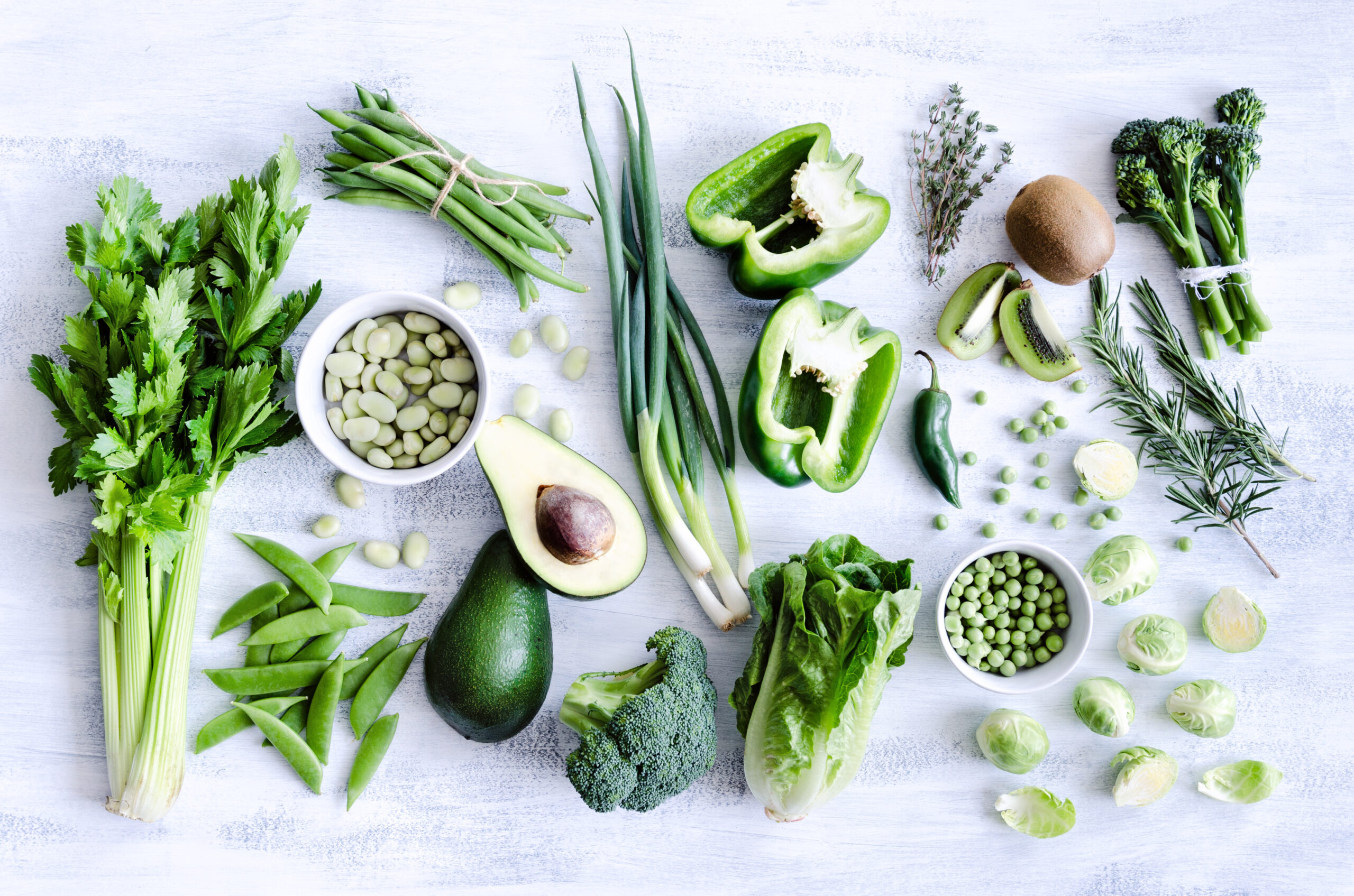
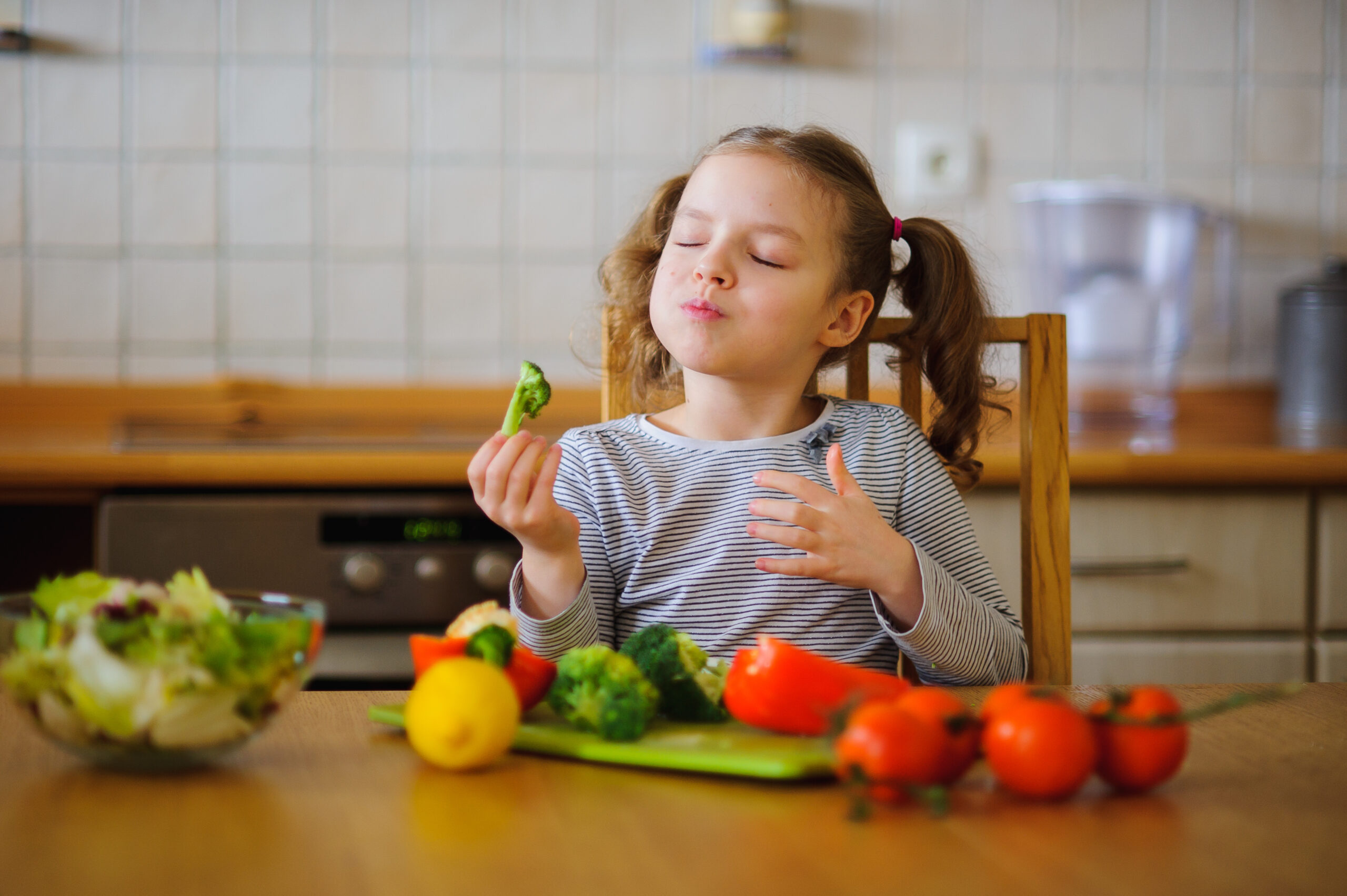



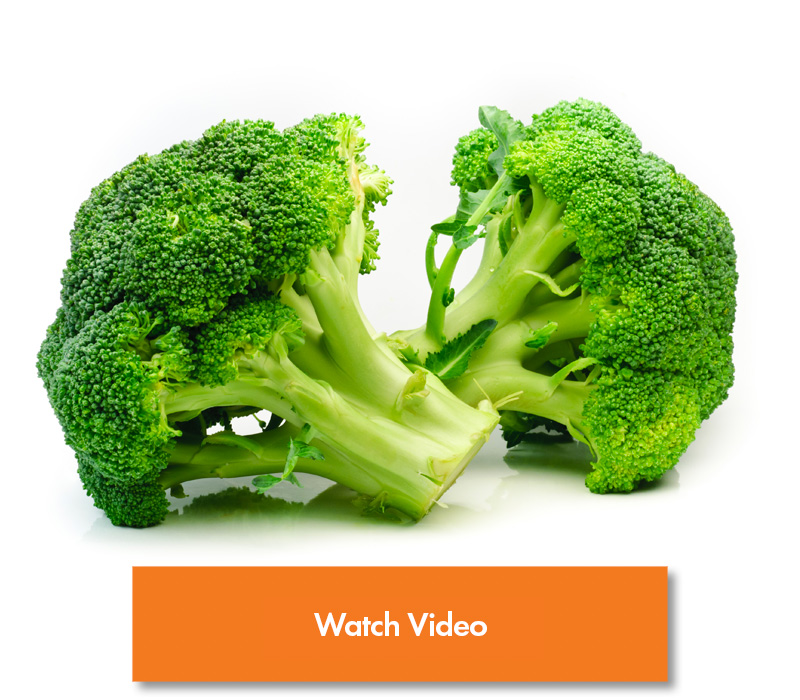
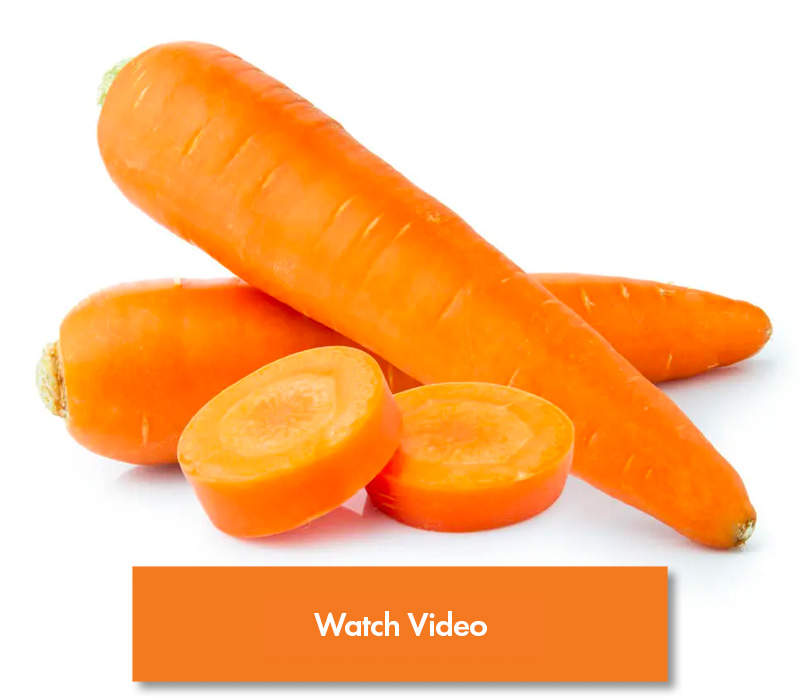
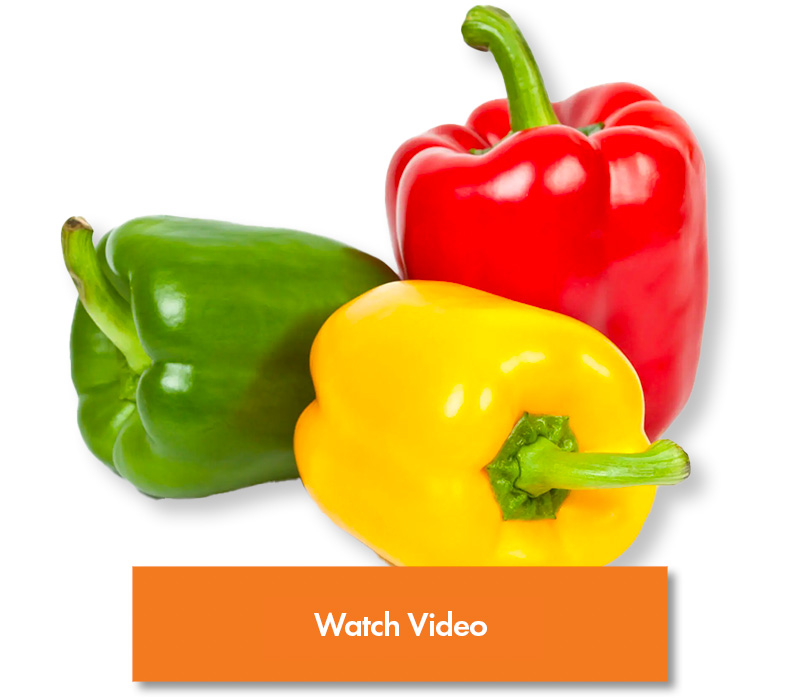
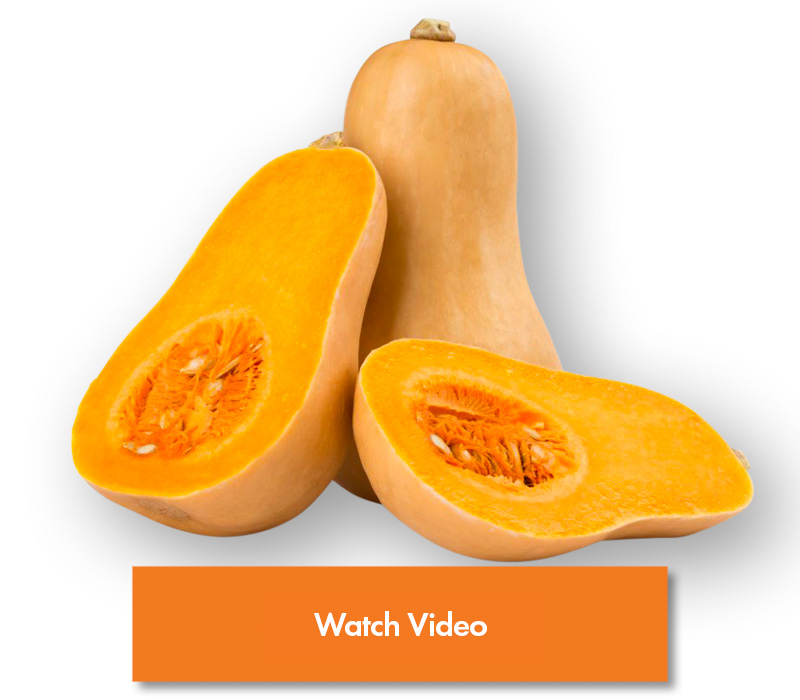

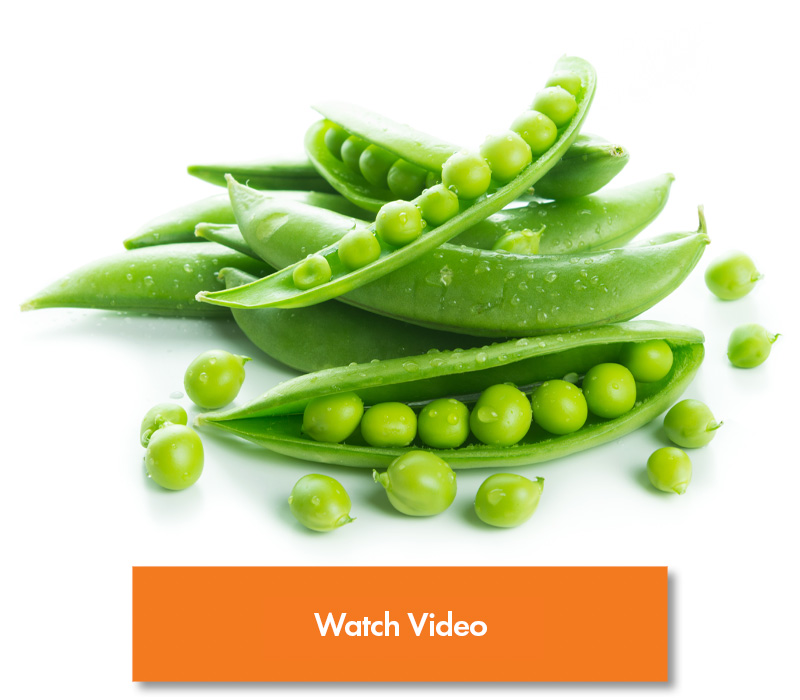



Follow Us on Social